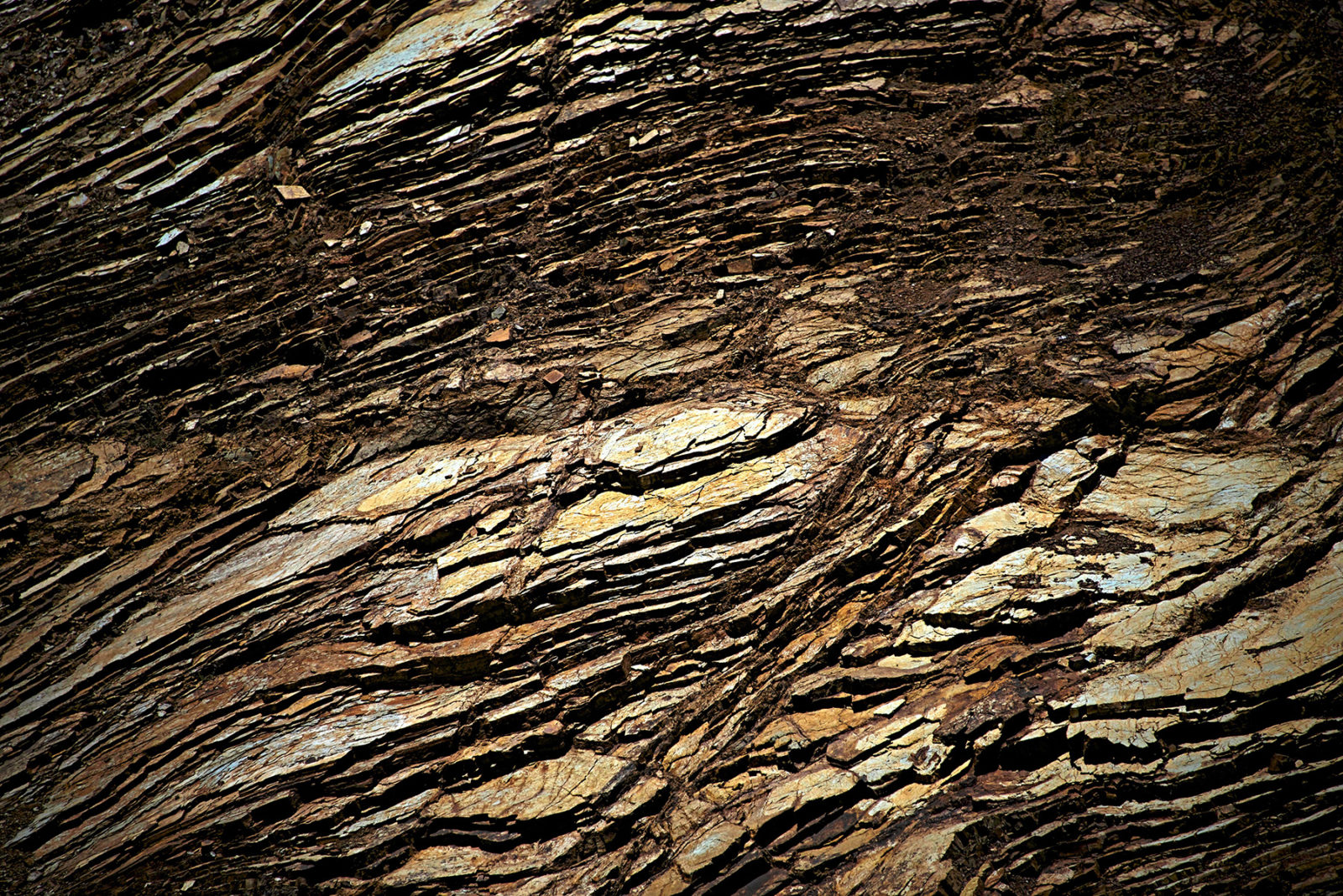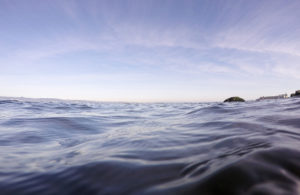Contrary to common notions of autumn as a season of dying back, our fall rains often herald new beginnings. That’s especially true this fall at Edgewood County Park and Natural Preserve in Redwood City. For the first time since 2002, … Read more
-150x150.jpg)
Sign up for our free weekly newsletter and understand everything better!

-150x150.jpg)
Contrary to common notions of autumn as a season of dying back, our fall rains often herald new beginnings. That’s especially true this fall at Edgewood County Park and Natural Preserve in Redwood City. For the first time since 2002, … Read more
-150x150.jpg)
Mount Diablo is such a towering icon of our landscape that it is sometimes easy to forget how much complexity lies within its familiar outline. Indeed, the mountain holds many stories: from the drama of its birth under the ocean, to its (mis)naming by early American settlers, to last year’s rediscovery of the rare Mount Diablo buckwheat. Today the story continues, with the mountain and its surrounding ridges and canyons anchoring a bold vision for a broad swath of protected open space and wildlife corridors stretching from Concord to Livermore.
-150x150.jpg)
Perched 600 feet above San Francisco Bay, Ring Mountain has spectacular views of the surrounding ridgelines, Bay, and urban areas. But you can also find much deeper views into the earth preserved in the remarkable rocks strewn about this wild and open landscape.

The tafoni weathering formation featured at El Corte de Madera Creek Preserve is a particularly accessible example of an uncommon phenomenon, but there are several other places to see tafoni in the Bay Area. At Castle Rock State Park west … Read more
-150x150.jpg)
Take a hike to a scene of otherworldly geology, hidden away in this Peninsula preserve’s forests of tanoak, Douglas-fir, and second-growth redwood.

You can easily visit the 10-million-year-old Sibley Volcano (see Voice of the Volcano, April-June 2005) in the hills above Oakland. And college geology classes often visit the Nicasio Dam in West Marin to see pillow basalt lava that erupted deep … Read more
-150x150.jpg)
Geology of the San Francisco Bay Region, by Doris Sloan, UC Press, 2006, 360 pages, $17.95 www.ucpress.edu “The world-famous Bay Area rocks tell a geologic story that reads like a Russian novel with a very large cast of characters. Because … Read more
-150x150.jpg)
The open hills along the Carquinez Strait are home to working ranches and open space preserves that are meeting places for native species from both the coast and the Central Valley. Today’s quiet pastoral landscape makes it hard to envision the violent formative flood that may have cut this critical waterway between the Bay and the Central Valley some half a million years ago.
-150x150.jpg)
With stunning views of the Bay and Marin, Richmond’s Point Molate has seen a lot of changes: It’s been a shrimp camp, a huge winery, and a Navy fuel depot. Now the site of a controversial casino proposal, this modest point of land is home to diverse wildlife and some of the East Bay’s last native coastal prairie.
-150x150.jpg)
San Francisco’s Fort Funston is perhaps best known for dogs and hang gliders, but its cliffs also host a thriving coastal bank swallow colony.